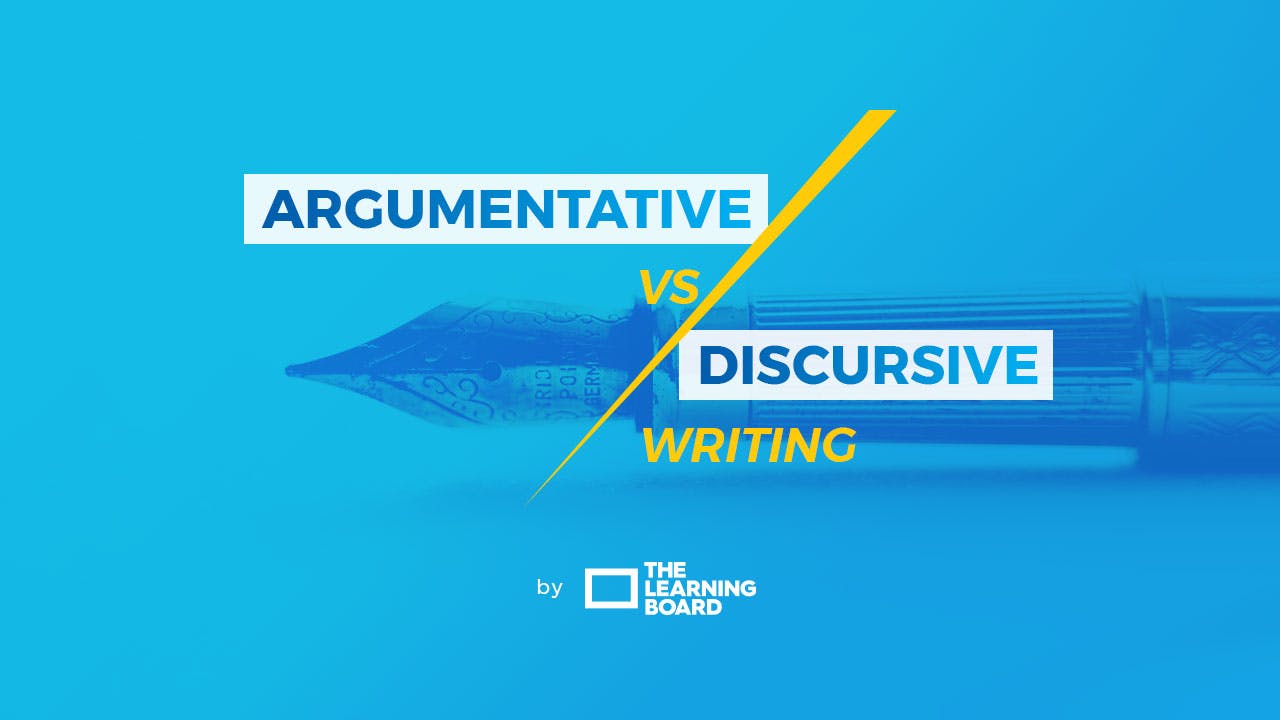Neutrality vs Taking a Stand
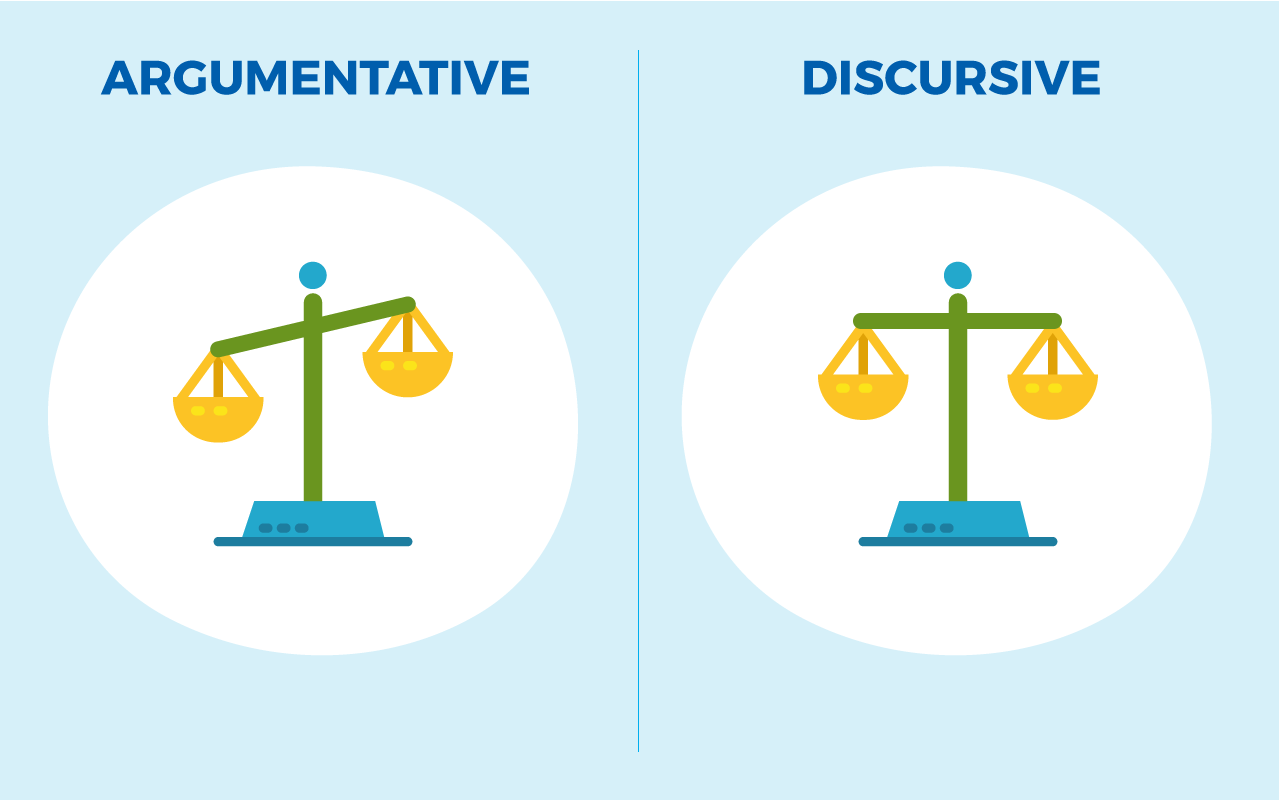
The baseline difference between Argumentative and Discursive is innate to definition. As the terms imply, an argumentative essay requires you to argue towards an explicit stand. Its individual points and structure revolve around putting across and strengthening this stand to convince the reader. Discursive, on the other hand, requires you to discuss an issue as is, primarily to educate the reader. Thus, there isn’t a need to take an explicit stand or frame its points towards one.
It is important to distinguish this main difference between the two early-on; missing the purpose of the text type causes our writing to go haywire and become severely penalized.
Balance & Scope
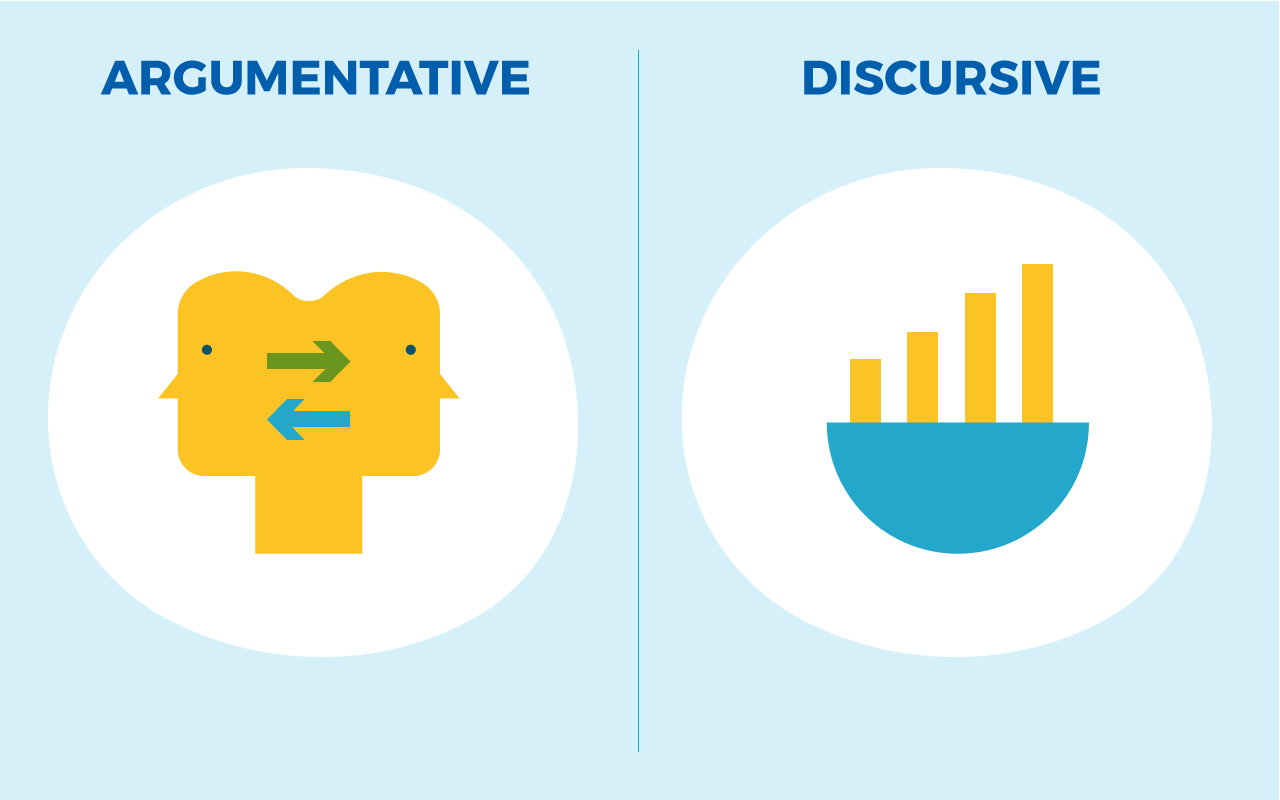
The onus is on the writer in you to present the most holistic take on a topic as possible. However, both text types achieve the concept of balance and scope differently.
Discursive is generally neutral and free-for-all discussion; as such, we aim to maximize breadth and depth. There are 2 trains of thought to come up with a decent number of points to work with. The first way is to consider the dimensions of a topic. Most issues usually involve political, social and economic dimensions, and in some cases, technological, psychological, geographical and other applicable ones. We can dedicate one paragraph for a dimension and elaborate on it thoroughly. Secondly, we can analyze the topic at different scales – usually by considering how the topic affects the individual, group and society. Oftentimes, there are intermediate levels such as groups within an organization or groups of different backgrounds impacting each other.
Argumentative essays, on the other hand, achieve a balance between thesis and anti-thesis that support and refute your stand respectively. You must devise enough thesis points that are sufficiently in-depth standalone, while being sufficiently-varied to cover factors for scope. The anti-thesis is also essential; without it, only presenting a thesis makes your writing appear one-sided and stubborn or silent regarding the flaws of your argument. In contrast, acknowledging these gaps and being able to counter-argue against them is a sign of strength. Not only do you acknowledge potential holes and exceptions in the opposite arguments, you can also refute them confidently and thoroughly, thus making your argument more holistic.
Structure & Content Ratio
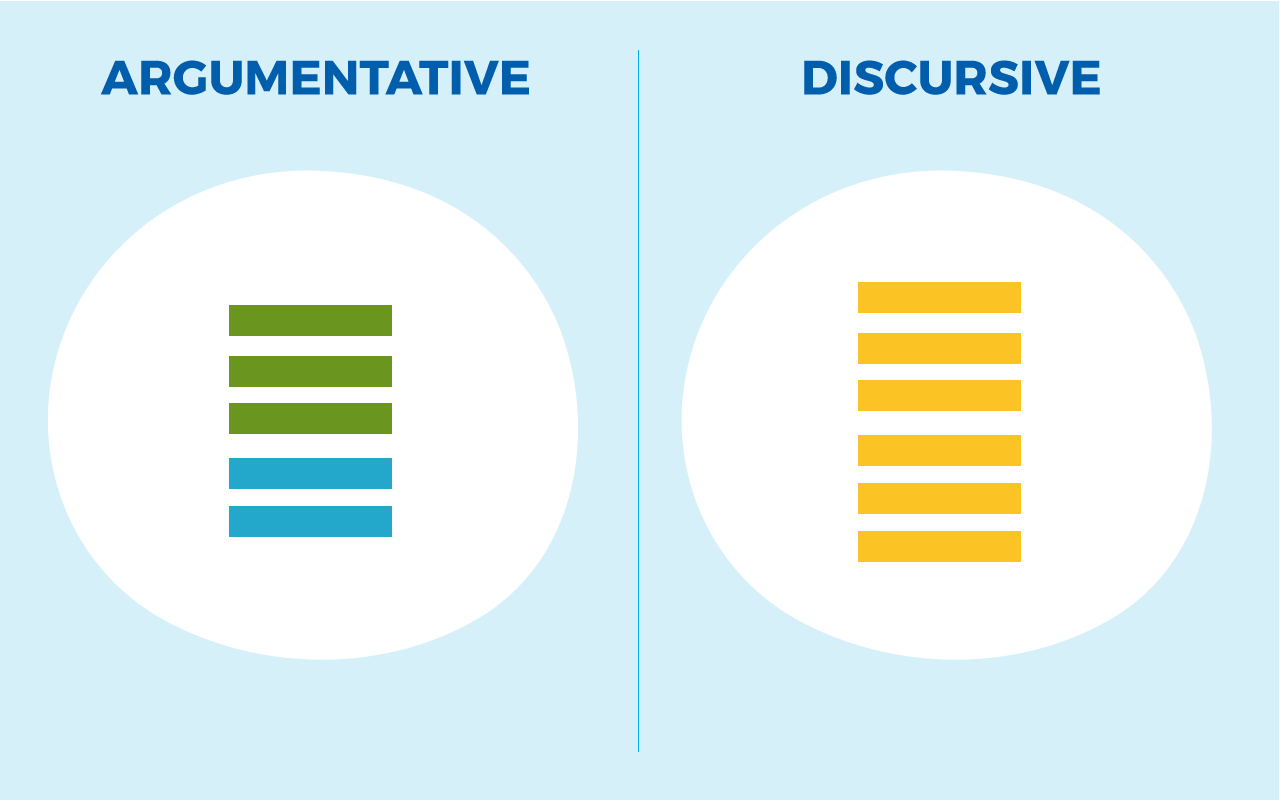
In timed examination conditions, you are expected to write an introduction, five body paragraphs and a conclusion to compose an essay of healthy length and completeness.
Based on our earlier reasoning, the optimal structure for Argumentative would be:
- State a stand in the introduction such that it is made strong and clear from the get-go
- Three body paragraphs supporting the thesis. It is sequentially logical to start the body text by substantiating it with your stand. It is also simpler to write more body paragraphs for the thesis than the anti-thesis so as to outnumber and overpower the latter.
- A signpost paragraph that separates the thesis and anti-thesis points. Generally, writing the thesis and anti-thesis points separately also makes the argument clearer and easier to follow (without the need for intermediate sign-postings and complex expressions, at least).
- Two body paragraphs supporting the anti-thesis, each ending with a counter-argument that furthers your thesis.
- A conclusion that reiterates your stand for a lasting impact on the reader. It also contains closing comments.
Discursive structure is less rigid, but your sequence of paragraphs must be justifiably logical. For instance, if we generate our points using the scaling method, it is sensible to write them in ascending scale ie. a body paragraph about the individual level, then the group, then the organization, and finally, the societal level.
Difficult Areas
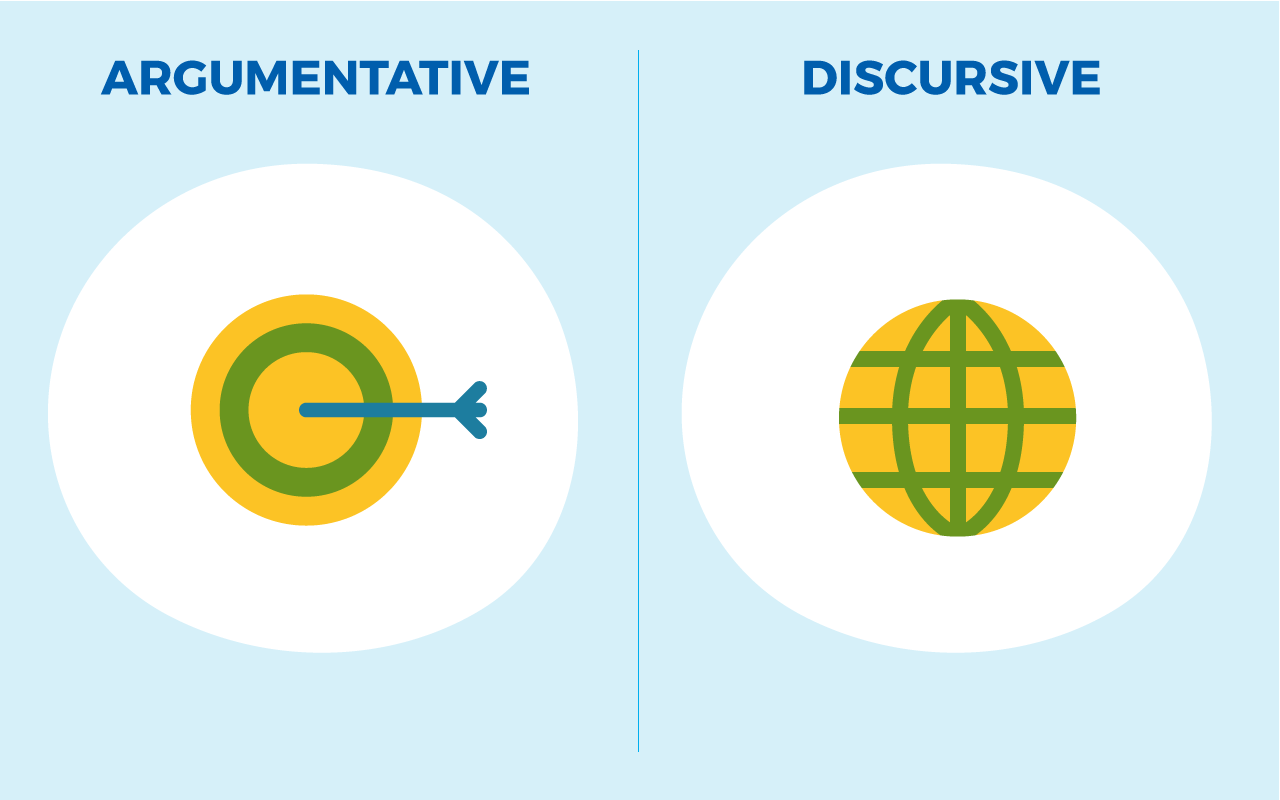
Which of these two text types is easier? You may find the Discursive to be harder as it requires you to devise a wider range of points. Or that the Argumentative is easier if you feel strongly for a topic or can express your views more directly, albeit bearing a higher risk for not sounding critical, balanced or clear-stating of your stand. Difficulty also varies with the question and to an extent, your prior knowledge of the topic (and similar ones). Ultimately, the answer lies in your ability and knowledge. Every situation is a different scenario.
Do you have a preference for either text type? In the next part of our series, we shall zero-in on some smart ways to start each text type’s introduction.


